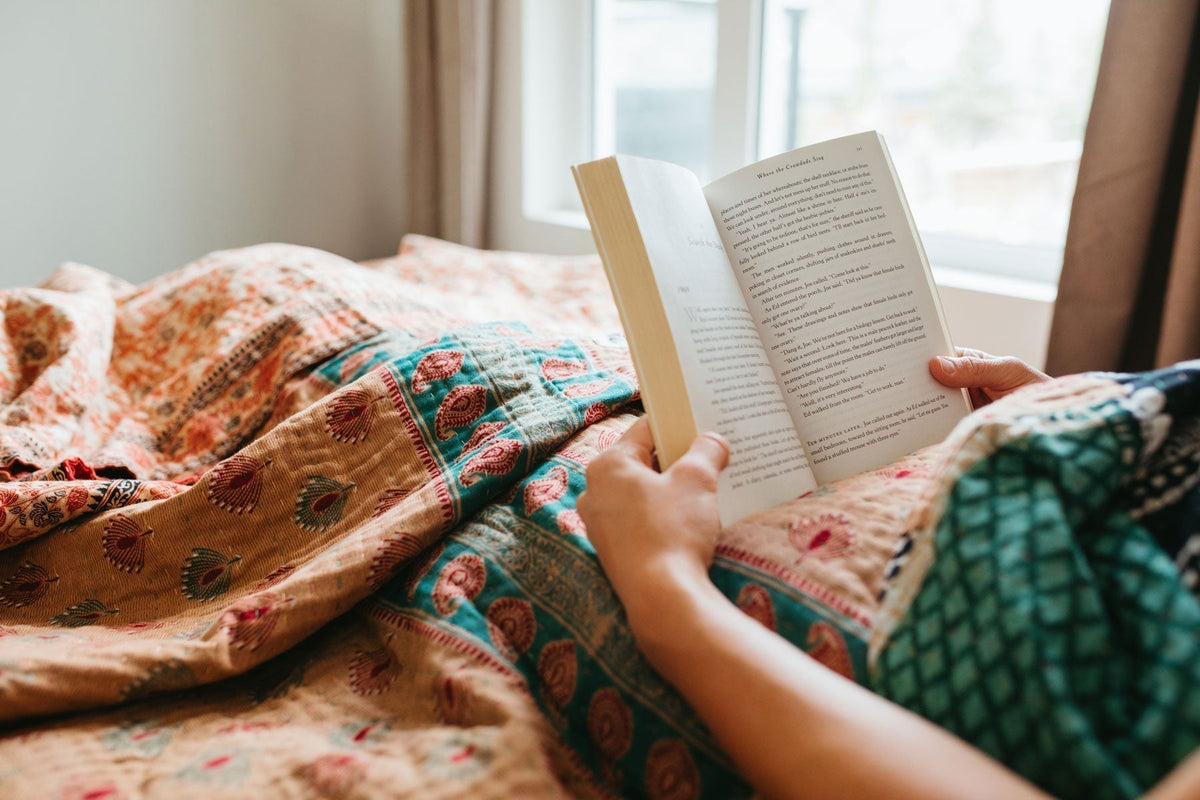
Create Your Perfect Reading Nook at Home (Even with a Toddler!)
Looking for cozy reading nook ideas? Create a quiet corner in your home with a good book, a comfy chair, and the perfect kantha throw from dignify.

Looking for cozy reading nook ideas? Create a quiet corner in your home with a good book, a comfy chair, and the perfect kantha throw from dignify.

To take a buffer of time — a sabbatical, a leave, a break — is a privilege and a unique...

So many memories! dignify has been so thoroughly weaved into my life, my day-to-day, my finances, my time, & my family’s story, it is impossible to distill it into a blog post. But, I've tried! Here are some highlights and reflections from 12 years (and my entire thirties!) of running dignify.

In case you missed it, we announced last week some massive dignify news: new owners! In...

Our Simplicity White Kantha Throws are celebrating their 10th birthday in 2025, and tod...